There are a few key factors to take into account when deciding how to spend your time and money on online marketing, such as the variance between PPC (pay-per-click) ads and SEO (search engine optimization).
The more relevant your website is to users, the higher it will rank on Google Search, this higher rank in the search engine is achieved by SEO. Google Ads or PPC, are paid online adverts that let companies and website owners like you compete for the opportunity to appear next to searches on Google.
In this article we will dive into the details of SEO, Google Ads and the right keywords to use when implementing them.

The basics of SEO
We went into great detail in the previous article on SEO and the reasons your company needs it. Therefore, we will touch SEO in this article while highlighting the other two on a deeper level.
Search engine optimization, or SEO, is the art of creating such content for your website which might increase its visibility for search engines and its visitors. To put it in another way, SEO can make it more likely for your website to appear in appropriate searches.
When attempting to boost your site’s SEO, there are several things to keep an eye out for. To get you started, consider these recommendations:
- Ensure the text on your website is informative, precise, and interactive.
- Use clear, easy-to-read language to explain your topic.
- Include right keywords—words you expect a user could look for to find what you are offering online.
SEO Marketing
Let’s start understanding SEO marketing now. Knowing it is fine, but SEO calls for a lot of effort and patience. You cannot implement it today and anticipate seeing effects tomorrow. Long-term success is the focus of SEO’s performance. The most important thing to work on for a successful SEO is content.
Content is king
This means that for the SEO to work successfully, your content should be top-notch. Even an incredible SEO is meaningless if you don’t have high-quality content, just as the best marketing strategy won’t help you sell a poor quality product.
Features of content
Intent
The key component that transforms your content strategy from ordinary to exceptional may be understanding search intent. Google prioritizes intent highly. When a user types something into the search field, the search engine wants to know what they are looking for. Consider KFC as one case. The purpose of searching for a takeaway KFC is extremely different from that of seeking for the origin of KFC, which is also very different from searching for a recipe for KFC. These users all have different goals even though they all center on the same general subject, KFC.
You as the content creator must be aware of this. A type of content that does not match your main keyword should never be your goal. Thus, Google’s top priority is to fulfill users’ search intentions, which also makes it a top priority for SEOs. When a person searches for a particular term and comes up with irrelevant results, Google receives a signal that the user’s purpose is probably not what was intended.
Quality
The only way to ensure that you can strategically employ your keywords is to produce quality content. Today the content is considerably better than it was before, and many internet firms use blogs to enhance their websites and improve their Google rankings.
It’s challenging to come up with high quality content, but the good news is that you don’t necessarily have to start with nothing. You can build off of what others have written, but just make your piece of content more relevant and deeper.
Freshness
Fresh content is the key since searchers prefer to see results that are current and appropriate, therefore Google will show them that kind of content. A change to Google’s ranking system was “intended to help explain how to identify the level of freshness you need for each particular query”, the company stated in an announcement from that year. So, for instance, if you search for a new event, the top results can include pages that are only a few minutes old. Google concluded that age was less relevant than newness and freshness as an answer to these questions.

Keywords
What are keywords?
Keywords are the words and phrases that people use to search for information on the internet. The main goal of SEO is identifying the keywords your potential customers use when searching for information.
The keywords you select should be relevant to your business and be able to attract visitors that are interested in your products or services.
Keyword research is a process of finding out which keywords are most frequently searched by the audience you want to reach. It includes analyzing the competition, finding out what terms they rank for, and then coming up with a list of keywords that will help you rank higher in search engine results pages (SERP).
Keyword Stuffing
The act of stuffing a webpage with keywords or digits in an effort to artificially boost a site’s rating in Google search results is known as “keyword stuffing.” These terms often appear in lists or out of context. Loading pages with keywords or figures detracts from the user experience and lowers the rating of your website. Put your energy into writing informative, helpful content that leverages keywords effectively and in the right context.
Keyword stuffing cases include:
Telephone directory lists with little added value
Text sections that list the states and locations that a website is attempting to rank for
Using the same words or phrases so frequently that it becomes disruptive. For example;
‘We sell custom scented candles. Our custom scented candles are handmade. If you’re thinking of buying a custom scented candle for your room, please contact our custom scented candle experts’.
How do I use keywords in my content?
Let’s begin with the essentials. The keyphrase you want your content to appear for in search results is known as a focus keyword.
This implies that if you publish an article about how to produce compelling social media posts, for instance, you want it to be one of the first posts that Google displays when someone types in that phrase.
Long-tail keywords are regarded as the most effective focus keywords. Compared to shorter, more broad keywords, these are longer and more precise phrases. That person’s search intent is obvious when they enter that long-tail keyword into Google. They don’t want information about social media’s history or a link to Instagram or Facebook, which are all components that could be categorized as “social media” in general.
How to Conduct Keyword Research for the maximum output in SEO?
Before you even start writing the first word of your post, keyword research is an essential first step in any strategy for content marketing. Finding long-tail, low-competition focus keywords was one thing we covered. If your content aims to be successful, those keywords Should be related to your market segment.
Therefore, how do you strike the perfect balance between relevance and little competitive pressure?
Make a list of general areas that:
- Truly pique your interest
- Relate to your market, industry, or expertise
- Satisfy the needs of your audience
Once you have a comprehensive list of topics, consider subtopics for each category. Think about how these terms are used during searches.
You can use keyword research tools like Ahrefs and SEMrush to examine your subtopics and find target keywords and phrases based on search traffic, ranking potential, and relevance. Utilizing Google’s tools is another point to consider. Scroll to the bottom of the search engine results page after entering your keyword (SERP).
Where Do I place Keywords or SEO?
Where are we going to use these keywords in our content now that we’ve completed our keyword research and have a list of potential keywords?
Your article needs to effectively incorporate keywords. The following are the main areas to include keywords:
- Title of Article
Aim to use the primary keyword here if possible. The original search term will be detected by Google, and your audience is also likely to think your post would be useful for them.
- Description in Meta
A meta description is a brief statement that appears beneath web pages and articles on the SERP. It has no more than 160 characters.
This is a great spot to put your keyword in! To increase your likelihood of ranking, attempt to include both your primary and secondary keywords in your meta description.
- Introduction
According to experts, Google emphasizes the first 200 words of your article. The reason for this is that a content writer typically sets up the introduction of what will be discussed in the first 100 to 200 words of an article. It makes sense that the introduction can also be a ranking element since the majority of readers will only read further if the introduction is strong.
- URL
Primary keyword in the URL acts like the cherry on top of the cake. It serves as another indication to Google that your work is extremely relevant to searches. It won’t hinder your rating to include the term in your URL, and there’s a chance it might even help.
The top of the primary keyword would be the article’s topic, followed by secondary keywords, and finally extra keywords to complete the keyword structure and approach for that content.
Keep in mind this formula: quality content + focus keywords + SEO
Although each component is crucial on its own, when they all function together, something good is going to happen. Your online presence will undoubtedly rise once you learn all three elements of this effective strategy and comprehend how to leverage keywords in your SEO content to rank on Google.

What is Google Adwords?
The new nickname for Google’s variety of advertising options is Google Ads, which applies to Google.com as well as all of Google’s other domains, websites, and applications.
A pay-per-click online advertising tool called Google AdWords that enables businesses to place their ads on Google’s search engine. Businesses pay to have their ads appear at the top search results page based on the keywords they want to target. You just have to pay when an users click your advertisement because the platform relies on pay-per-click (PPC) advertising.
What can Google Ads’ do for my company?
This campaign type was introduced with the introduction of Google Ads and was created primarily with small businesses in focus. With smart campaigns as the new Google Ads default experience, establishing your advertising campaign has never been simpler. These new campaigns combine the innovation and advertising technology that Google is known for to assist business owners meet their goals without much weight lifting.
When you set up your campaign, all you have to do is select your business objectives, such as generating leads for your website or attracting customers to your actual store. Partnering with a digital marketing agency would make it simpler because they can complete it quickly while you benefit from their expertise in the field.
From there, Google Advertisements will automatically adjust your ads to concentrate on the results you value the most while you concentrate on managing your business. The Google Ads dashboard provides information on the performance of your campaigns at all times.
What Are The Fees For Google AdWords?
Depending on what they are promoting, Google AdWords charges different fees to marketers.
As a pay-per-click advertising service, Google AdWords displays your adverts for free; you only pay when a visitor clicks on them on the Google search results page. Additionally, because the AdWords system operates as a live auction, the click costs are influenced by the level of competition and the amount that advertisers are willing to pay for each click. When used properly, Google AdWords can bring in highly qualified visitors to the website for prices that are significantly lower than those of other types of advertising.
The secret to managing a successful AdWords campaign is to be aware of the elements that influence the price of each click.
Competition for keyword
Amount bid and position bid
Prices of click-through
Your typical monthly spending
Are Google Ads Effective?
Google Ads can be used by all kind of businesses. When used properly, it’s an inexpensive method of advertising that can reach prospects who fit and actively shopping.
- Understanding the pros and cons of sponsored search, bidding techniques, market research, account setup, etc. is crucial to making Google Ads work for you.
- When producing advertisements, make sure they are compelling enough for the viewer to click.
- By using A/B testing to compare different versions of a page, you can improve your landing pages.
Which strategy is more effective: PPC or SEO?
It depends on your goal because both marketing strategies can benefit your business in many ways.
In short, SEO is a crucial tool for effective internet marketing since it increases the likelihood that customers will find your product, even though the optimization process might be time-consuming. PPC advertisements enable you to target customers more quickly and you can modify your campaign whenever needed.
Deciding to focus on PPC advertisements is a good option if your short-term goal is to improve website traffic. SEO is the solution if you want to improve your business’s internet presence over time. Instead, devote time and effort to both SEO and PPC for a balanced approach.

